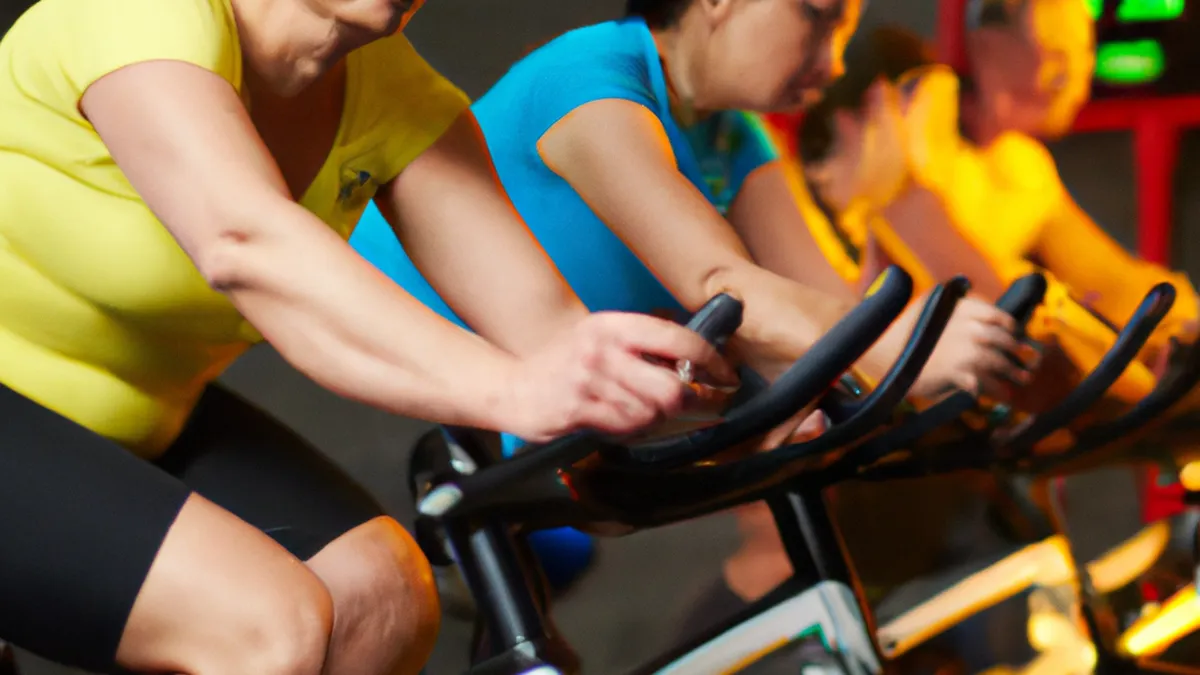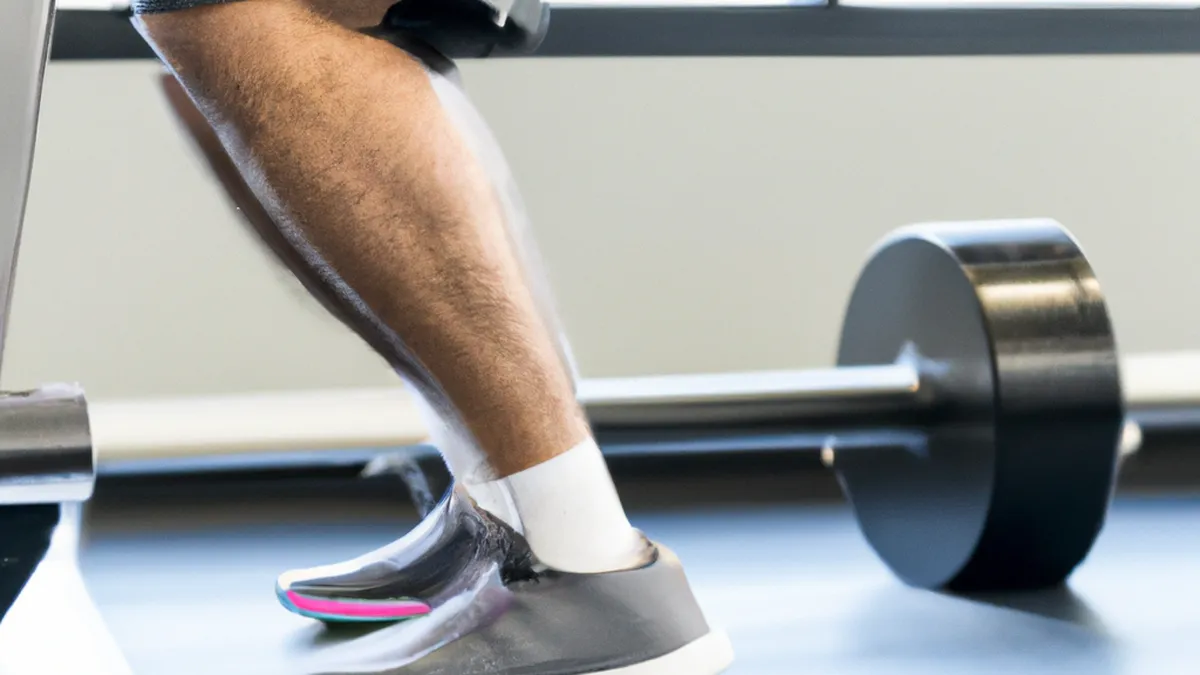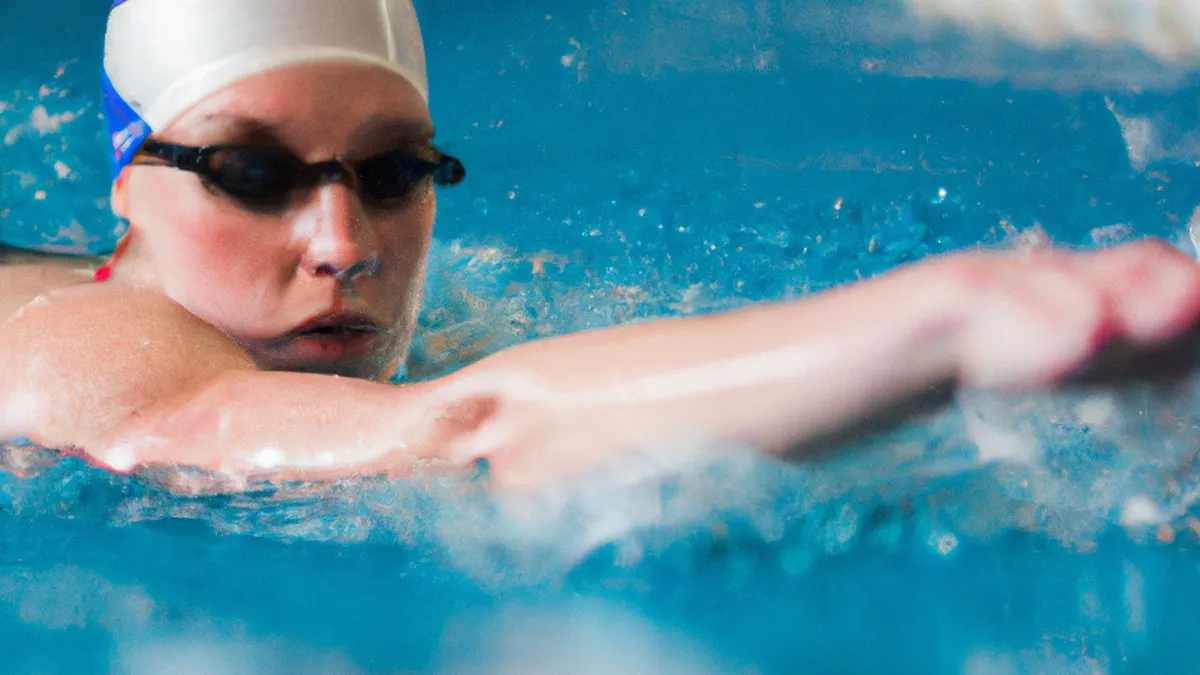Alleviating Knee Pain with Smart Cycling Techniques
Techniques for Managing Knee Pain in Indoor Cycling
As an Amazon Associate I earn from qualifying purchases.
Gear tip: consider reflective vest, Smart and Techniques to support this workout.
Indoor cycling offers a fantastic workout. However, many cyclists face knee pain during or after sessions. This discomfort can hinder performance and lead to injury. You can adopt several techniques to manage knee pain while enjoying your indoor cycling routine.
Understand the Causes of Knee Pain
Before exploring solutions, understand potential causes of knee pain. Various factors contribute to discomfort during cycling, such as:
– Poor bike fit
– Improper pedaling technique
– Insufficient warm-up
– Muscle imbalances
Identifying these causes tailors your approach. Now, let’s explore effective techniques to manage knee pain.
Adjust Your Bike Fit
A proper bike fit is crucial for comfort and performance. Start by adjusting the seat height. Your knee should slightly bend when the pedal is at its lowest point. A seat too high strains your knees, while a seat too low causes discomfort.
Next, check the seat position. Your knee should align over your ankle when the pedal is at the 3 o’clock position. This alignment distributes pressure evenly across your knee joint.
Finally, adjust the handlebar height. Low handlebars can strain your knees. A higher position promotes better posture and reduces knee stress.
Focus on Pedaling Technique
Your pedaling technique significantly minimizes knee pain. First, maintain a smooth, circular pedal stroke. Avoid hard pushes; think about pulling up. This technique engages different muscle groups and reduces knee pressure.
Second, consider your cadence. A lower cadence increases strain on your knees. Aim for 80–100 RPM for balanced workload and less joint impact.
Lastly, incorporate resistance gradually. If you’re new to indoor cycling, avoid pushing too hard too quickly. Start with low resistance and increase as your strength improves.
Warm Up and Cool Down Properly
A proper warm-up prepares your muscles for the workout. Spend 5–10 minutes warming up before cycling. Start with light cycling at low resistance. Gradually increase intensity to elevate your heart rate.
Dynamic stretches also benefit you. Focus on leg swings, lunges, and hip circles to increase flexibility and improve joint mobility.
Cooling down is equally important. After your ride, cycle at low intensity for another 5–10 minutes. This helps your heart rate return to normal. Stretch your legs, focusing on quadriceps, hamstrings, and calves to prevent stiffness and promote recovery.
Strengthen Supporting Muscles
Strengthening muscles around your knees provides support and reduces pain. Focus on exercises targeting quadriceps, hamstrings, and glutes. Here are effective exercises:
1. **Squats**: Perform bodyweight squats or add light weights to strengthen your legs.
2. **Lunges**: Lunges engage multiple muscle groups and improve balance.
3. **Leg Raises**: Lying on your back, raise one leg at a time to strengthen quadriceps.
Incorporate these exercises into your routine twice a week. Strengthening these muscles improves cycling performance and decreases knee pain.
Benefits of Managing Knee Pain
Effectively managing knee pain enhances your indoor cycling experience. Implement these techniques for several benefits:
– **Improved Performance**: Managing pain helps you focus during workouts.
– **Enhanced Comfort**: Proper bike fit and technique lead to enjoyable rides.
– **Injury Prevention**: Preventive measures reduce long-term injury risks.
– **Increased Motivation**: A pain-free experience encourages consistency and commitment.
Conclusion
Knee pain shouldn’t derail your indoor cycling journey. Understand the causes, adjust your bike fit, focus on technique, warm up and cool down, and strengthen supporting muscles to manage discomfort. Implement these techniques for improved performance and a more enjoyable cycling experience. Stay committed to your fitness, and enjoy pain-free rides.
Below are related products based on this post:
FAQ
What are the common causes of knee pain during indoor cycling?
Knee pain during indoor cycling can arise from several factors, including poor bike fit, improper pedaling technique, insufficient warm-up, and muscle imbalances. Identifying these causes is essential for effectively managing and alleviating discomfort.
How can I adjust my bike fit to prevent knee pain?
To prevent knee pain, start by adjusting your seat height so that your knee slightly bends at the lowest point of the pedal. Ensure your knee aligns over your ankle when the pedal is at the 3 o’clock position. Also, adjust the handlebar height to a position that promotes better posture and reduces strain on your knees.
What exercises can help strengthen the muscles around my knees?
To strengthen the muscles supporting your knees, incorporate exercises such as squats, lunges, and leg raises into your routine. Aim to perform these exercises twice a week to improve muscle strength, enhance cycling performance, and reduce knee pain.















Post Comment